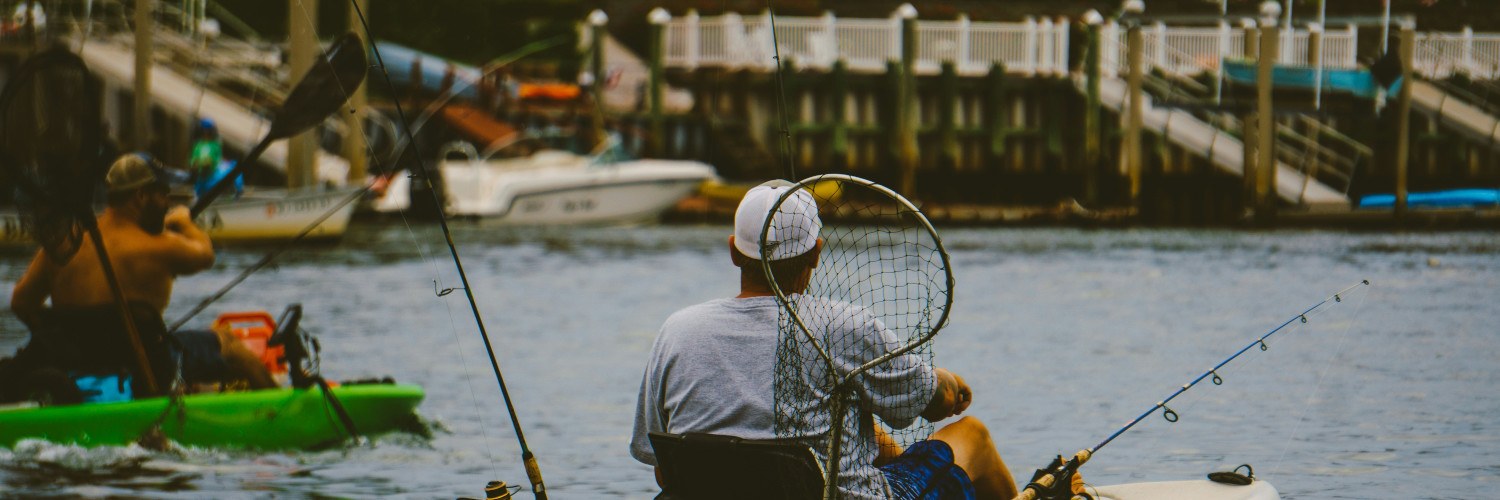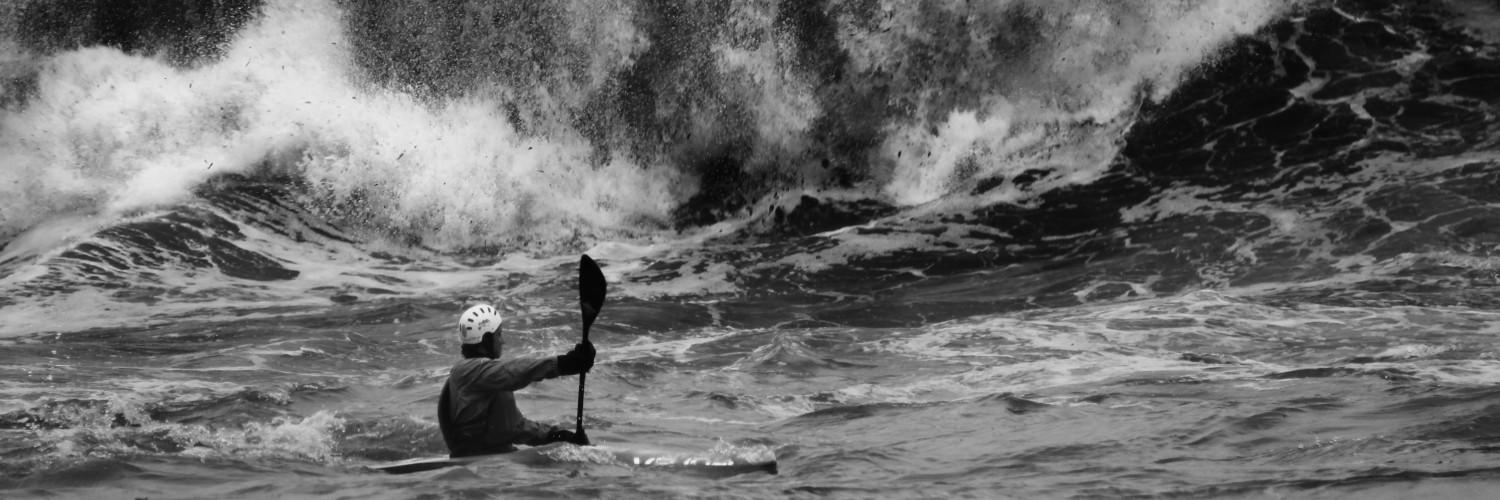Best Kayak Trolling Motor Setup: Essential Tips for Optimal Performance
Selecting the best kayak trolling motor setup is crucial for enhancing one’s fishing or paddling experience. It allows for effortless maneuvering through the water, provides ample thrust, and integrates seamlessly with one’s kayak to improve overall functionality. The ideal setup includes a motor offering the right balance between power and energy efficiency, as well as ease of use in various water conditions, whether in freshwater or in saltwater environments.
MotorGuide Xi3 and Newport Vessels NK180 are both excellent kayak trolling motor choices that cater to different requirements. While the former is lauded for its overall performance, the latter is recognized for its speed. When deciding on a motor, one must consider elements like thrust power, weight, and whether the motor is optimized for the specific type of water it will be used in.
For those prioritizing lightweight options, the Bixpy Outboard Motor Kit and Watersnake T18 ASP are notable contenders. Equipping a kayak with a suitable trolling motor transforms the paddling experience, allowing anglers and adventurers alike to cover larger distances without the physical strain of paddling, and to focus on the enjoyment of their time on the water.
Selecting the Ideal Kayak Trolling Motor
When outfitting a kayak with a trolling motor, one must consider the specific power needs, whether the motor will be used in freshwater or saltwater, and the suitable shaft length for optimal performance.
Understanding Thrust and Power Requirements
Thrust is measured in pounds (lbs) and determines the pushing power of a trolling motor. For kayaks, a motor with 30lbs of thrust typically suffices for calm conditions and light loads. Power requirements, on the other hand, depend on the weight of the kayak and cargo, as well as the conditions it will be used in. A basic rule is that you need at least 2lbs of thrust for every 100lbs of weight.
Choosing Between Freshwater and Saltwater Motors
Trolling motors are designed specifically for either freshwater or saltwater environments. Saltwater motors are built to resist corrosion with materials such as stainless steel or zinc, and protective coatings. Using a freshwater motor in saltwater can significantly decrease its lifespan. Therefore, one should ensure that they select a motor compatible with the water type they intend to fish or travel in.
Determining the Correct Shaft Length
The shaft length is crucial for proper propeller submersion and efficient operation. A general guideline is to have the propeller submerged at least 12 inches below the waterline. For most kayaks, a shaft length of around 24 to 36 inches is ideal, but this may vary based on the kayak’s depth and whether it is sit-in or sit-on-top. One should measure the distance from the mounting point on the kayak to the waterline to determine the required shaft length.
Installation and Mounting Techniques
When setting up a kayak trolling motor, one must consider the mounting location and the procedure for securing the motor. The right installation ensures optimal performance and safety on the water.
Mounting Options: Bow vs. Transom
The primary choices for kayak trolling motor mounting are at the bow or the transom. Bow mounts are preferable when an angler requires better control and maneuverability. They provide a pulling effect that’s efficient for steering. Transom mounts, on the other hand, are easier to install and suitable for smaller kayaks. They push the kayak and are generally more cost-effective.
Securing the Motor for Optimal Performance
Securely fastening the trolling motor is vital to its performance. Utilize the right hardware to prevent any movement that can interfere with the operation or damage the kayak. Stainless steel bolts and locking knobs are common tools for securing the mount. Moreover, the motor’s position should allow for easy deployment and retrieval, ensuring that it is level with the water for an efficient thrust.
DIY Installations and Utilizing Hardware
For kayakers inclined towards DIY installations, it is important to have all necessary gear and hardware at hand. Prior to installation:
- Ensure you have a mounting kit or appropriate materials.
- Use a measuring tape and marker to position the mount correctly.
- Use a drill for making precise holes; seal these to prevent water entry.
Remember to follow the manufacturer’s guidelines or refer to trustworthy tutorials when embarking on a DIY installation. Proper use of hardware not only secures the mount but also protects the integrity of the kayak’s hull.
Battery Selection and Management
Selecting the optimal battery and managing its usage are crucial for maximizing the efficiency and longevity of a trolling motor on a kayak.
Choosing the Right Battery for Your Setup
When outfitting a kayak with a trolling motor, anglers often choose between a lithium or lead-acid battery. A lithium-ion battery is preferred for its long-lasting capacity and lightweight properties. Deep-cycle marine batteries are another popular choice due to their ability to discharge and recharge frequently without damaging the battery’s life span. When selecting a battery, one must consider the amp-hour rating, which directly influences the runtime of the motor. A higher amp-hour rating typically means a longer use time between charges.
Understanding Battery Life and Power Options
The life of a battery under load is dependent on variables such as the power consumption of the motor and the operational speed. To estimate the runtime, calculate the trolling motor’s amp draw and divide the battery’s amp-hour capacity by this number. For example:
- Battery Capacity: 100Ah
- Motor Amp Draw: 10A
- Estimated Runtime: ( \frac{100Ah}{10A} = 10 \text{ hours} )
It’s vital to know that running additional equipment like a fish finder will affect the overall power consumption. Some anglers may run a dual battery setup, one for the motor and another for electronic equipment, to manage power usage effectively.
Maintenance and Safety Tips for Marine Batteries
Proper maintenance ensures the safety and extends the life of marine batteries. It’s essential to:
- Charge the battery regularly and keep it fully charged when not in use.
- Inspect for damage or corrosion and clean terminals as needed.
- Ensure adequate ventilation around the battery to prevent overheating.
With lithium-ion batteries, it’s important to use a compatible charger to avoid overcharging risks. Always follow the manufacturer’s guidelines for charging and storage, and consider using a battery box to safeguard against water and physical damage. Regular maintenance of your kayak’s electrical system, including connections and wiring, is equally important for safety and battery efficiency.
Enhancements and Accessories for Trolling Motors
Installing the right enhancements and accessories on a trolling motor can significantly augment the kayaking experience. These upgrades can provide precise navigation control, improve maneuverability, and allow for hands-free operation.
Utilizing GPS and Wireless Control Features
Trolling motors equipped with GPS capabilities afford the angler advanced navigation and pinpoint accuracy when it comes to plotting courses or holding a specific fishing spot. She can save waypoints and instruct the trolling motor to follow a particular route, ensuring energy-efficient travel. Many new models come with a wireless remote control, enabling him to steer the kayak from any position without the need for physical contact with the motor itself.
Adding Accessories for Improved Maneuverability
For those keen on finesse in navigation, various accessories can be added to enhance maneuverability. A kayak-specific motor mount constructed from marine-grade aluminum can be installed to provide a sturdy base for the motor. This foundation ensures the motor’s thrust is effectively translated into directional movement.
The Role of Rudders and Remote Control Systems
The inclusion of a rudder can considerably refine the kayak’s response to steering inputs. Rudders help in guiding the boat more precisely, especially in windy conditions or strong currents. They employ a combination of the trolling motor’s power and the rudder’s surface area to make turns sharper and tracking straighter. Remote control systems upgrade the experience by delivering full control over these systems without ever having to reach back to the motor, allowing them to focus on fishing tactics and not on positioning the kayak.
Kayak Trolling Motor Use and Handling
In the realm of kayaking, especially when fishing is involved, a trolling motor can be a transformative addition. It provides greater control and efficiency in locomotion, allowing the kayaker to navigate and steer effortlessly, consider weight for optimal transport, and ensure that their motor’s reliability and durability support their adventures.
Navigating and Steering in Various Waters
Navigating through diverse water conditions requires a trolling motor that offers precision steering. Bow-mounted trolling motors enable the kayak to spin 360 degrees, which is invaluable when an angler needs to keep the vessel oriented towards the fish. Noteworthy is the Watersnake T18 ASP model, with a design to offer smooth steering and control, adding significantly to the kayak’s maneuverability in different water scenarios.
Assessing the Weight and Transport Considerations
When integrating a trolling motor into a kayak setup, one must be mindful of the weight balance and the transport implications. A heavy motor can affect the kayak’s stability and portability. Motor weight should harmonize with the kayak’s design to maintain ease of transport. The Minn Kota Endura C2 30lb Thrust Trolling Motor, for instance, is commended for smaller kayaks due to its manageable weight and efficiency.
Ensuring Reliability and Durability in Kayak Motors
The reliability and durability of trolling motors are pivotal for uninterrupted kayak excursions. These motors should be resilient against water intrusion and corrosion. Motor components should be high-quality to withstand frequent use and exposure to various elements. Regular maintenance remains crucial for a motor’s longevity. Anglers tend to favor brands known for dependability, expecting the motor to perform consistently without fail.





